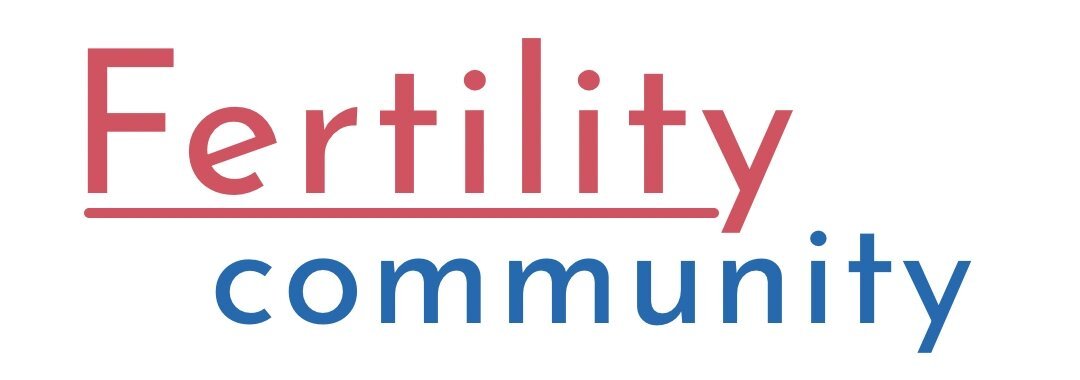It is common knowledge that the use of assisted reproduction techniques and fertility medications leads to a higher rate of multiple births than among pregnancies resulting from no intervention. While some in the general public see as foolhardy or greedy the people who go through with ART-initiated pregnancies of twins, triplets, quadruplets and more, the reality is that few seeking treatment actually intend to have more than a singleton pregnancy.
Sure, it is common to hear fertility patients expressing their hopeful desires for twins as a means of guaranteeing their children will have siblings; however, wishes and hopes are not the same as plans. In fact, many people will make choices based on their fear of becoming pregnant with more than one child at a time, by either cancelling already-scheduled assisted cycles which have over-produced eggs or by choosing not to go through with any number of medications or procedures in the first place.
What are the real risks of multiples in infertility treatment?
What’s Wrong with Multiples?
According to Louis Keith, M.D. and Donald Keith, M.B.A. in Multiple Birth: Epidemiology, Perinatal Outcomes and Long Term Sequelae, “all multiple pregnancies are high risk” and those risks increase with the number of infants in a given pregnancy. There is an inherent higher frequency of pre-term labor and low birthweight for all multiples, and with that comes a host of raised chances for health problems.
In a recent issue of The Lancet, an established medical journal out of London, a study by Swedish researchers cites that the primary risks of invitro fertilization are related not to the procedure itself, but to maternal factors and the increased incidence of multiples. Specifically, the chief risk of IVF was the five-fold to six-fold increase in rate of preterm delivery and low birthweight associated with a 27-fold increase in risk of multiple births.
But as Stephen and Janet Galati will tell you, all is not doom and gloom on the multiple front. In fact, many find just the opposite. When asked to describe their experience with having triplets, Galati had this to say:
“Having multiples is truly an amazing and rewarding experience that is both misunderstood and negatively tagged. I was called an uncountable amount of times a ‘poor guy’ or have been told a similar amount, ‘I feel sorry for you!’ I feel sincere pity for these people because I know they haven’t a clue what a joy it is to have triplets. They have succumb to the backtalk of naysayers to the point of belief.
In the morning before work, I am greeted by three loving faces and come hometo interact with three totally different personalities. Having more than onechild during birth affords the blessed parents to variety in its most elemental and beautiful form. Sure they are expensive, but so are your home and car insurance payments. Would you ever consider not having a home or car?
I liken the thoughts of having multiples to swimming from the eyes of a novice. Sure, at first, the water is mysterious and frightening. Visions of drowning without any control have scared many into not swimming, but they miss out. Those who dare enter the water or are thrown in must, as the saying goes, sink or swim. Almost all end up swimming with many loving the act. Having multiples is almost identical. I was scared at first, but now I never want to leave the water.”
